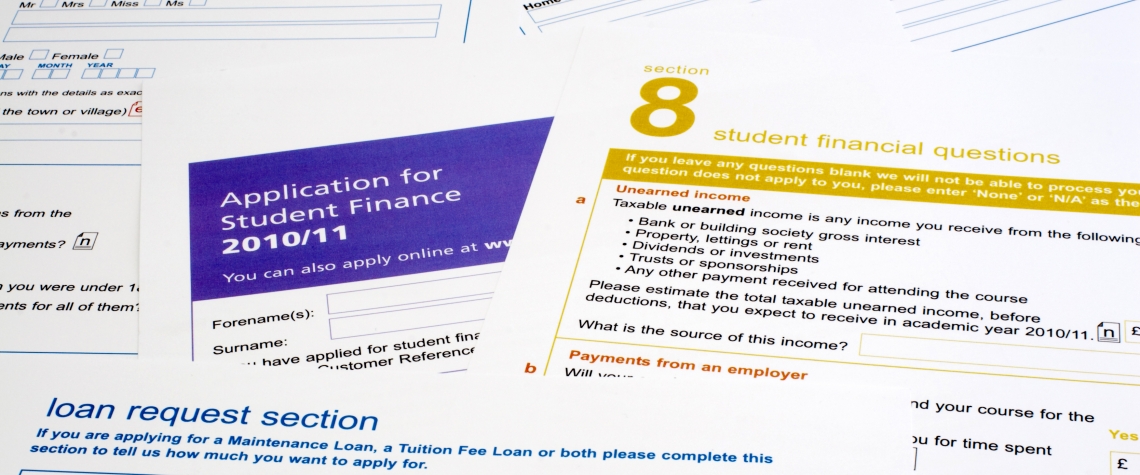“COA” is a school’s Cost of Attendance.
This is the total estimated amount students can expect to pay for 1 academic year. It should include tuition and fees, room and board, books and supplies, transportation and personal expenses. If it doesn’t, be sure to call the admissions office and review what costs to expect. Colleges adjust the COA yearly to reflect changes.
The financial aid package describes the financing the student will receive.
Financial aid is usually broken up into 3 categories and students must indicate the financing they wish to receive. We recommend students maximize their federal financial aid before applying for a private student loan.
- Grants and Scholarships. Also known as “gift aid”, grants and scholarships generally don’t need to be repaid. They’ll show up on the financial aid award letter as Institutional Grants and Scholarships which are awarded by the school, Pell Grants from the government and Outside Scholarships which the student earned from their community. Some schools treat outside scholarships as a reason to reduce the grants/scholarships they award a student, so check what each school’s policy is. It can be the deciding factor between 2 otherwise similar schools.
- Federal Work Study. This gives need-based students money toward college costs for working part-time on campus. Like a regular paycheck, the student receives compensation throughout the semester. Keep in mind, work-study isn’t guaranteed; the student still needs to find a job on campus and put in the hours. Since work study jobs are given on a first-come first-served basis, the most appealing positions are often taken early on by upperclassmen.
- Federal Student Loans. These a student will have to pay back; however, the interest rate is fixed and often the lowest you’ll find. There’s a few different types to keep in mind. With subsidized loans, the federal government may pay some or all of the interest while a student is in school. On the financial aid award letter, this may show up as a Stafford Loan. Unsubsidized loans, on the other hand, charge interest as soon as the money is dispersed, which means while a student is in school. Additionally, parents of dependent students can apply for a Parent PLUS loan. If you choose to do so, a credit check is needed, and you’ll be responsible for the repayment.
“EFC” is your Expected Family Contribution.
This is the amount the federal government believes your family can pay, based on the information you provided on the FAFSA. Keep in mind, what you contribute as a parent is a personal decision and you’re not obligated to the amount stated. Here’s some terms you may find in the financial aid award letter.
- Net Cost (NC). This is the difference between the cost of attendance and the financial aid package. It’s the amount the student will need to come up with.
- Out of Pocket Expense. This is the difference between the cost of attendance and the grants/scholarships the student will receive. Out of pocket expense describes how much the school actually costs.
Does the award letter cover the bill?
A Private Student Loan through ENB’s partner, iHelp, fills the gap between the cost of college and a student’s resources. We’ve got great rates and flexible repayment options, including deferment and forbearance for those who qualify. Although payments aren’t required while the student is enrolled part-time, we do encourage making interest-only payments to lower the overall cost of the loan. Plus, you’ll be given a single point of contact who knows education loans inside and out. If you have any questions, let us know! We’ll be here every step of the way.


